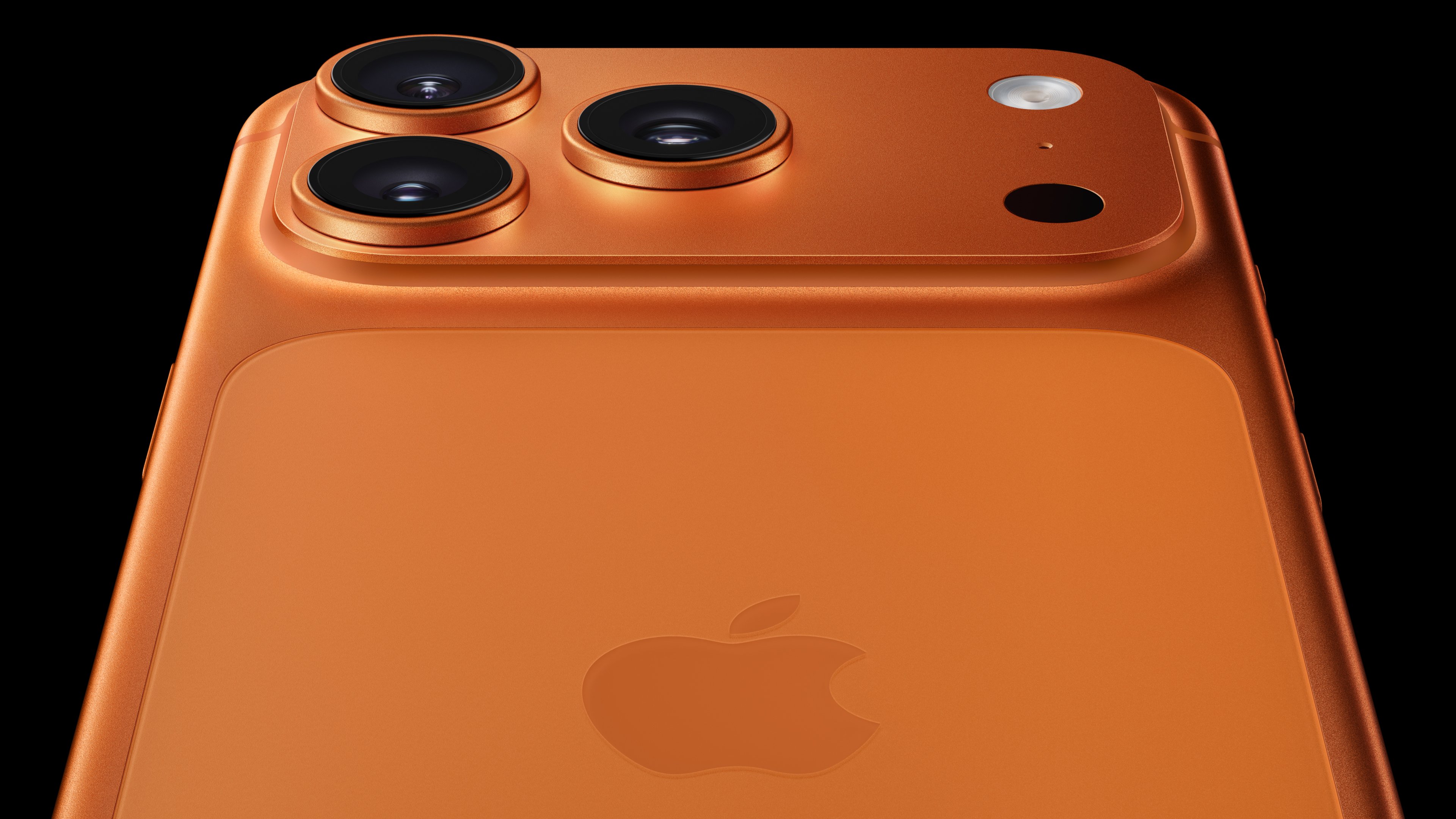Apple (AAPL 0.75%) is one of the world's largest companies in terms of revenue and profit generation. Perhaps the most impressive part of the company's financial success is that it delivers those impressive results with a tight, highly-focused portfolio of products.
This focus pays off for the consumer-electronics giant, as its products are arguably best in class. That's why it's sometimes a bit difficult to pick a "best" product among those that the company launches each year.
Nevertheless, this year, it's quite clear that Apple's iPhone 7 Plus stole the show.
Apple nails it with the jumbo iPhone
In 2014, Apple began a trend of releasing not just one but two new flagship iPhone models each year -- one with a 4.7-inch display and one with a 5.5-inch display.

The iPhone 7 Plus in jet black is one great device. Image source: Apple.
The smaller and larger models were, during the iPhone 6 and iPhone 6s generations, differentiated by screen size, screen resolution, pixel density, and minor camera features.
With the iPhone 7 Plus, Apple delivered a greater degree of differentiation relative to its smaller counterpart than it had in prior iPhone cycles. The iPhone 7 Plus incorporates a dual-lens camera that enables some interesting and useful features, such as 2X optical zoom and a nifty depth-of-field effect, which you can see in this picture that I took:

Image source: author.
The result is that Apple's more expensive, jumbo-sized iPhone is selling better than what Apple had expected going into the device launch -- something that could have positive implications on iPhone average selling prices and ultimately revenue, should Apple be able to catch up with demand in a timely fashion.
The iPhone 7 Plus truly represents the best of Apple: a well-crafted product with unique features that entice customers to pay more because they're genuinely getting more. Should Apple be able to continue to deliver differentiated, meaningful features with future, premium-priced iPhones in coming generations, Apple's iPhone business could benefit greatly.
Runner-up? The new MacBook Pro computers
Although the internet seems to be divided on Apple's newly announced MacBook Pro updates, I view these systems as quite innovative and unquestionably worthy of "runner-up" status here.

Image source: Apple.
The new MacBook Pro computers include numerous internal upgrades -- par for the course in the world of personal computers -- along with a significantly enhanced display, a reworked Force Touch trackpad, a new keyboard design, and a nifty-looking Touch Bar.
Apple seems to have made a genuine effort to deliver something unique to what's arguably a boring product category, and for that the company should be applauded. But it's too soon to tell how well these new MacBook Pro systems will do in the marketplace. Apple has been losing market share in personal computers, and these new systems are the company's best chance of regaining that share. Early indications look good: The shipping times for the 13-inch MacBook Pro with Touch Bar and new 15-inch MacBook Pro are now in the four- to five-week range -- up from the two- to three-week range they started at.
These long shipping times may simply be indicative of poor supply, but I'm not willing to buy that explanation yet.






